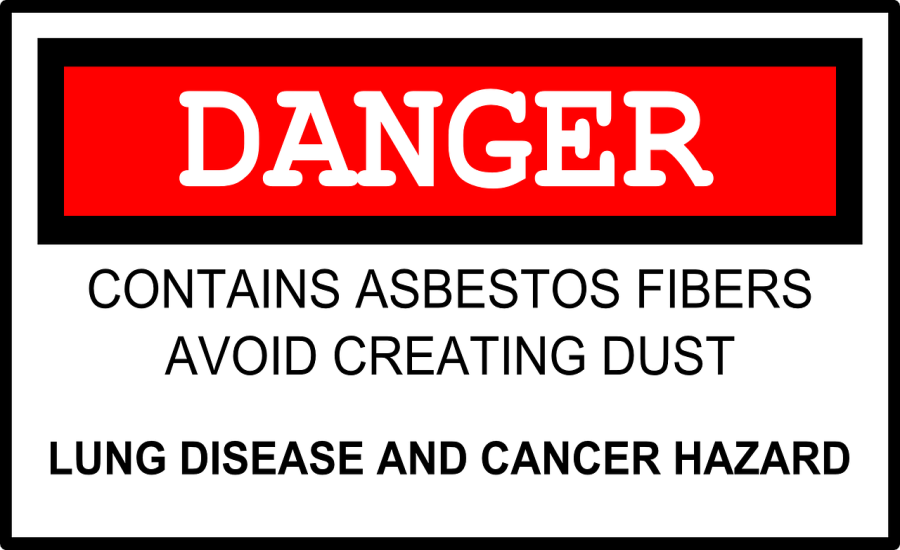The Dangers of Asbestos & Keys to Proper Inspection and Removal
Asbestos has been used in construction even since the times of ancient Rome. Its durability and fire resistance earned the mineral “miracle” status and its uses quickly expanded. Unfortunately, its health risks weren’t realized until much later.
Despite the serious diseases it can cause, asbestos is still not banned in the United States and lingers in many buildings and homes, and is a timely topic as this week is Air Quality Awareness Week.
Dangers of Asbestos
Asbestos is a naturally occurring mineral that has been mined for centuries. There are different types of asbestos that have all been widely used in various products. The mineral has been used in everything from roof shingles and cement compounds to hair dryers and brake pads. Today, it’s more strictly regulated so certain products can only contain up to 1%, but it’s still a threat hiding in many buildings.
In older homes built before 1980, it’s pretty much guaranteed that asbestos is present somewhere in the home. Asbestos was used as an insulator and as such could be found in the attic, basement, or exterior walls. Certain floor tiles, roofing materials, furnaces, and pipes could also contain the mineral.
Asbestos has been recognized as a carcinogen regardless of the type. No amount of exposure to the toxin is considered safe. For those working on construction or automotive repairs where asbestos is more likely to be present, their risk of exposure greatly increases.
Asbestos is technically not dangerous as long as it remains whole and undamaged. If the materials are damaged in some way, like through renovation or restoration work, the fibers can become airborne. If we inhale or ingest these fibers, they can become lodged in our lung lining and one day develop into a rare cancer called mesothelioma.
Asbestos exposure is particularly dangerous because there is a long latency period before symptoms of mesothelioma or other asbestos-related diseases begin to show. It can take anywhere from 20-50 years, and by this time the disease likely has already developed into a later stage that is much more difficult to treat.
Prevention is critical to avoid such a deadly diagnosis. If any work is going to be done around asbestos-containing products, it’s essential to seek a professional’s help.
Asbestos Inspections & Removal
Before beginning any kind of restoration or renovation in the home, it’s important to be aware of any hidden risks you may be facing. For older homes, asbestos is most certainly a major health risk that should be taken seriously. No one should attempt to remove any potential asbestos on their own.
Since we can’t see the thin fibers with the naked eye, an asbestos inspector should be called to determine the presence of asbestos and if there’s any damage. If the asbestos is in good shape and won’t be disturbed in the process of any restoration projects, it’s likely it can remain untouched. Any asbestos-containing materials in good condition, however, should be monitored for potential damage over time.
If the asbestos is damaged and poses a health threat, the inspector can recommend an asbestos abatement professional to either remove or seal off the asbestos. There are many strict laws in place from the federal to local levels, and a professional will know the specific regulations for your area on how to properly dispose of the asbestos.
Exclusively Contents, Inc. Help Agents Get Policy Renewals
The handling of asbestos is strictly regulated for a reason. Exposure to the carcinogen can cause many serious diseases. It’s important to be vigilant of any asbestos in the home or buildings undergoing any kind of construction. It’s best to proceed with extra precaution in regard to the mineral, and ensure regulations are followed to prevent any further health risks in the future.

